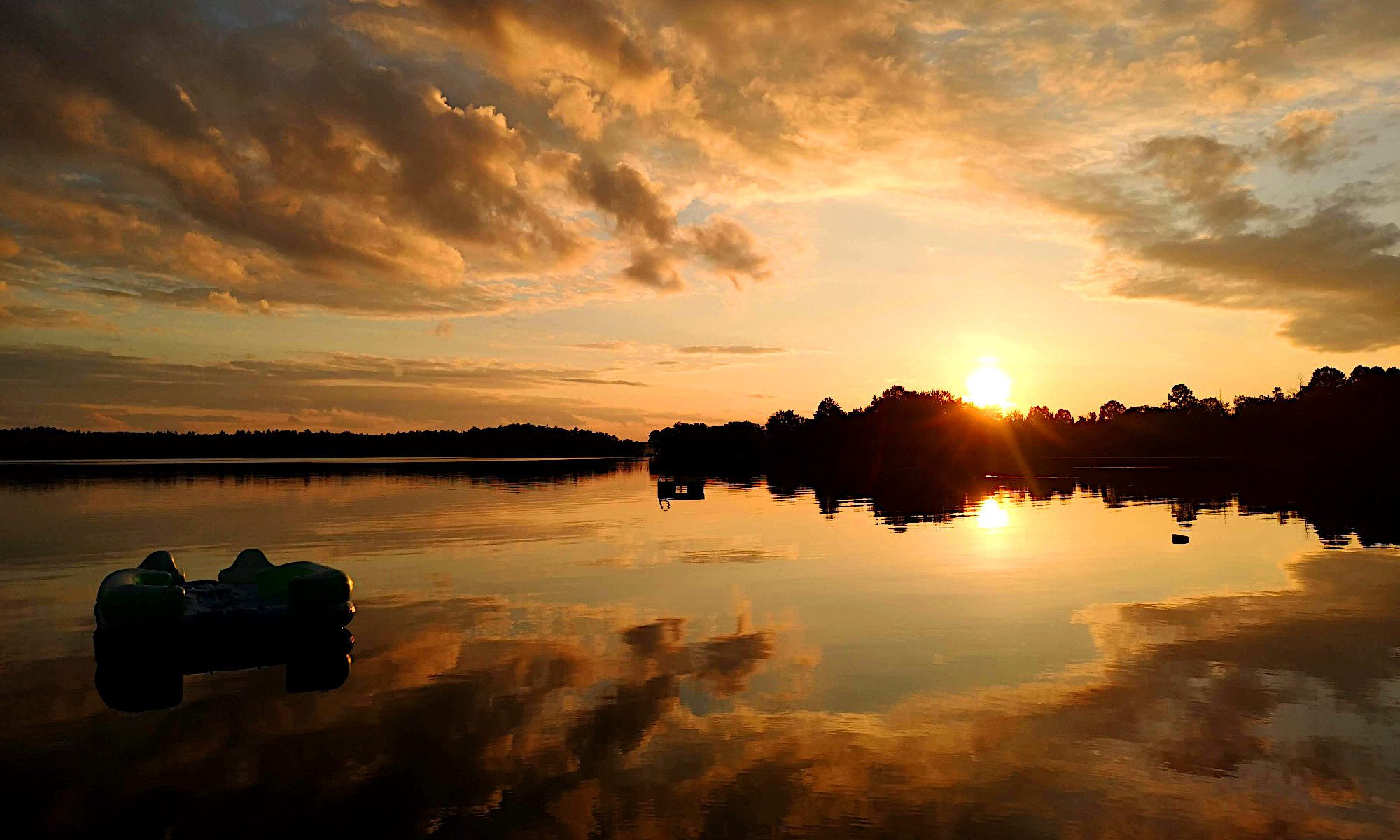
From Hannah Ghorashi for Air Mail: “My husband received a call from his acquaintance Amar Singh—a women’s-rights activist, art patron, film producer, and Indian prince—and said he had a wild story to tell him. It concerned Amar’s relationship with a young Swedish woman named Liza-Johanna Holgersson, whom he had met online. They had broken up on August 6 when, he claimed, he had discovered she had been living a secret life. She had, he said, been a grifter, a con woman, taking him and multiple other men for a ride. But what I thought would be a cautionary tale of online dating among the 0.1 percent became something else: by the end of my research, I had twice been offered bribes to stop writing Amar’s story. Both times they had been offered to me by Amar.”
How many ghost sightings were due to carbon-monoxide poisoning?

From Jeanette Winterson for The Paris Review: “There’s a theory I like that suggests why the nineteenth century is so rich in ghost stories and hauntings. Carbon monoxide poisoning from gas lamps. Street lighting and indoor lighting burned coal gas, which is sooty and noxious. It gives off methane and carbon monoxide. Outdoors, the flickering flames of the gas lamps pumped carbon monoxide into the air—air that was often trapped low down in the narrow streets and cramped courtyards of industrial cities and towns. Indoors, windows closed against the chilly weather prevented fresh oxygen from reaching those sitting up late by lamplight. Low-level carbon monoxide poisoning produces symptoms of choking, dizziness, paranoia, including feelings of dread, and hallucinations. Where better to hallucinate than in the already dark and shadowy streets of Victorian London? Or in the stifling interiors?”
Note: This is a version of my personal newsletter, which I send out via Ghost, the open-source publishing platform. You can see other issues and sign up here.
Dylan Matthews gave his kidney to a stranger, and thinks you should too

From Dylan Matthews for Vox: “On Monday, August 22, 2016, a surgical team at Johns Hopkins Hospital in Baltimore removed my left kidney. It was then drained of blood, flushed with a preservative solution, placed on ice, and flown to Cincinnati. Surgeons in Cincinnati then transplanted the kidney into a recipient I’d never met and whose name I didn’t know; we didn’t correspond until this past month. The only thing I knew about him at the time was that he needed my kidney more than I did. It would let him avoid the physically draining experience of dialysis and possibly live an extra nine to 10 years, maybe more. I was selfishly, deeply gratified to have made at least one choice in my life that I know beyond a shadow of a doubt was the right one.”
Editor’s note: If you like this newsletter, I’d be honoured if you would help me by contributing whatever you can via my Patreon. Thanks!
Winging it with the new backcountry barnstormers

From Brad Rassler for Outside magazine: “In early August of 2022, 69 days before the 12th annual High Sierra Fly-In—an event known as American aviation’s Burning Man—Trent Palmer hoisted himself into the cockpit of his red, white, and blue bush plane, the Freedom Fox, and fired up the engine for another cruise into the valleys north of Lake Tahoe. Palmer, wearing flip-flops, shorts, and a Trent Palmer limited-edition trucker hat (“Fly Low, Don’t Die,” $40), is not your typical bush pilot, hauling mountaineers and machinery. Thanks to a prodigious YouTube following, he’s one of the most prominent of a new breed of lower 48 adventurers who are landing their fat-tire planes on and in mountaintops, ridgetops, river canyons, mountain meadows, dry lake beds, and grass and dirt airstrips, mainly in the American West, and mostly on land managed by the federal government.”
The creepy new digital afterlife industry

From Wendy Wong for IEEE Spectrum: “Researchers have identified a digital afterlife industry of 57 firms. The current players include a company that offers interactive memories in the loved one’s voice (HereAfter); an entity that sends prescheduled messages to loved ones after the user’s death (MyWishes); and a robotics company that made a robotic bust of a departed woman based on “her memories, feelings, and beliefs,” which went on to converse with humans and even took a college course (Hanson Robotics). Some of us may view these options as exciting. Others may recoil. Still others may simply shrug.”
Deaf children in China can hear thanks to new gene therapy

From Antonio Regalado for MIT Technology Review: “Li Xincheng has been playing a game with her mother: Her mother says a few words. Then the six-year-old, nicknamed Yiyi, repeats what she heard. “Clouds, one by one, blossomed in the mountains,” says her mother, Qin Lixue, while covering her mouth so Yiyi can’t read her lips. “Clouds, one, one, blossomed in big mountains,” Yiyi replies. It’s hard to believe that Yiyi was born entirely deaf. But this year her family, who live in a high-rise block in the city of Dongguan, enrolled her in a study of a new type of gene therapy. During the procedure, doctors used a virus to add replacement DNA to the cells in Yiyi’s inner ear that pick up vibrations, allowing them to transmit sound to her brain.”

One Reply to “The grift, the Indian prince, and a shocking twist”